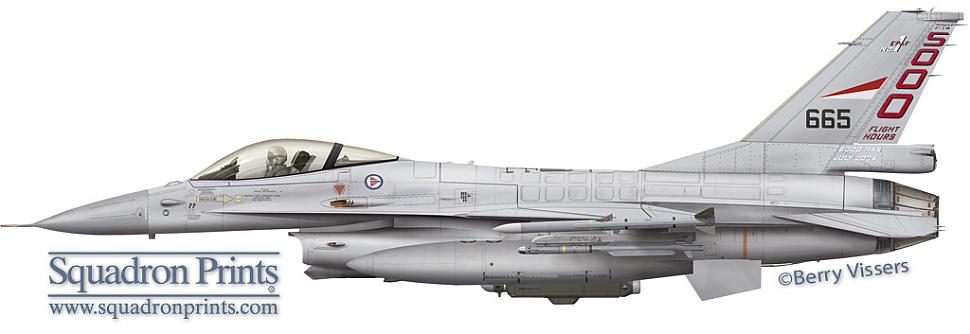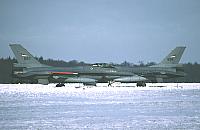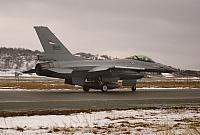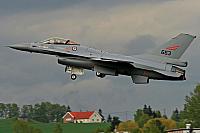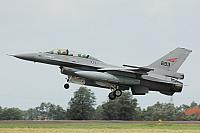 |
334th skvadron ( RNoAF)" Cola" |
| 334 skv " Cola" ( RNoAF) | ||||
| Status: |
Disbanded
|
|||
| Version: | F-16A/B block 20 MLU | |||
| Role: | Multirole | |||
| Tailband: | N/A | |||
| Motto: | For Fedrelandet (For the fatherland) | |||
| Badge: | A polar bear on a blue background. | |||
|
Disbanded on August 1st, 2002.
|
||||
F-16 History
334 skv was equipped with the F-16 in 1982 and was the second Norwegian squadron to become fully operational on the type. Also stationed at Bodø AB the unit played an important role in the defence of the northern NATO flank. 334 skv was specifically tasked with protecting the Norwegian coastline (which is one of the longest in the world) through a maritime strike role.
In the F-5 and F-104 days, the Bullpup anti-shipping missile was used to perform this mission. However, in the late seventies this missile no longer satisfied the needs of the Norwegians. Therefore they asked the Kongsberg Company to design a brand-new missile to perform this task. The Penguin Mk. 3 anti-shipping missile was developed according to the specifications. It is a fire-and-forget missile for attacks against naval targets. It was flight tested against the AGM-65, AGM-68, AM-39 and AS-34 missiles but out performed them all in the specific Norwegian fjords environment. The RNoAF is the only one in the world to operate this weapon until this day. The USAF has tested it (and even gave it its own designation – AGM-119) but never adopted the missile. First deliveries of the missile occurred in 1987.
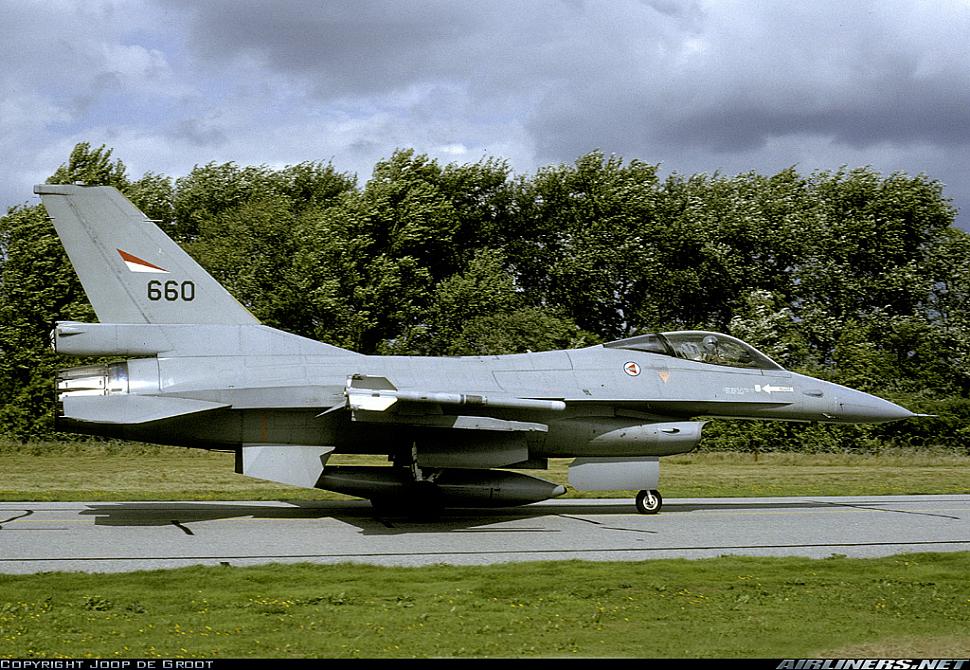
Since the end of the Cold War and certainly with the introduction of the MLU version of the F-16, all squadrons are multi-role. However the main task of 334 skv stays with maritime interdiction. With the introduction of the M2 software tape, the Norwegians decided to integrate the PANTERA targeting pod onto their F-16s. This vastly expands the possibilities of the aircraft and also of the Penguin Mk. 3 missile. However, since only 57 airframes were to be upgraded with MLU, the Norwegian government decided to only retain three operational squadrons. After having operated the MLU F-16 for only two years, the squadron was disbanded in 2002. It will be activated again in 2008 as a NH-90 helicopter squadron operating from Sola AB.
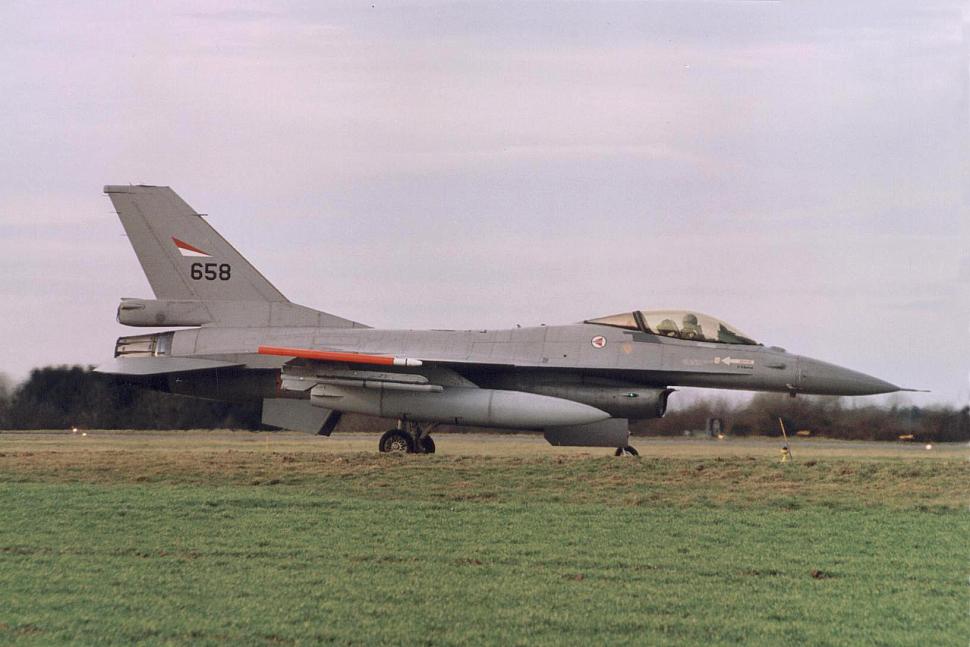
Aircraft Markings History
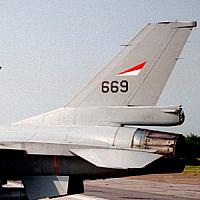
The tail marking consisted from the typical Norwegian forward facing triangle with two colors, being red and white.
Unit History
- 1945: Activation of the squadron in Leuchars (UK)
- 1945: 'Mosquito' Mk. VI
- 1945: 'Mosquito' Mk. VI (Gardermoen)
- 1947: Deactivated for one year
- 1948: 'Mosquito' Mk. VI
- 1949: 'Mosquito' Mk. VI (Sola)
- 1951: F-84E 'Thunderjet'
- 1952: F-84G 'Thunderjet'
- 1955: F-84G 'Thunderjet' (part of 132 Luftving, Bodø)
- 1958: F-86F 'Sabre'
- 1960: F-86K 'Sabre'
- 1967: F-5A 'Freedom Fighter'
- 1973: CF-104G 'Starfighter'
- 1982: F-16A 'Fighting Falcon'
- 2000: F-16AM 'Fighting Falcon'
- 2002: Disbanded
Deployments
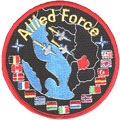 |
' Allied Force' |
| Grazzanise AB, Italy (March 23rd, 1999 to June 10th, 1999) | |
| Operation 'Allied Force' was the codename for the almost three month long air strikes against Serbia. It was the first time after WWII that Norway deployed fighters into operation. The aircraft were tasked with CAP mission since they didn’t send their new MLU aircraft. |
F-16 Airframe Inventory
- All 334 skv F-16s in our F-16 Aircraft Database (past and current aircraft)
- Current 334 skv F-16s in our F-16 Aircraft Database
Photos
Special Thanks
Niels C. Boman
Please use this form to add any list any error or omissions you find in the above text.
Note: your comments will be displayed immediately on this page. If you wish to send a private comment to the webmasters, please use the Contact Us link.

